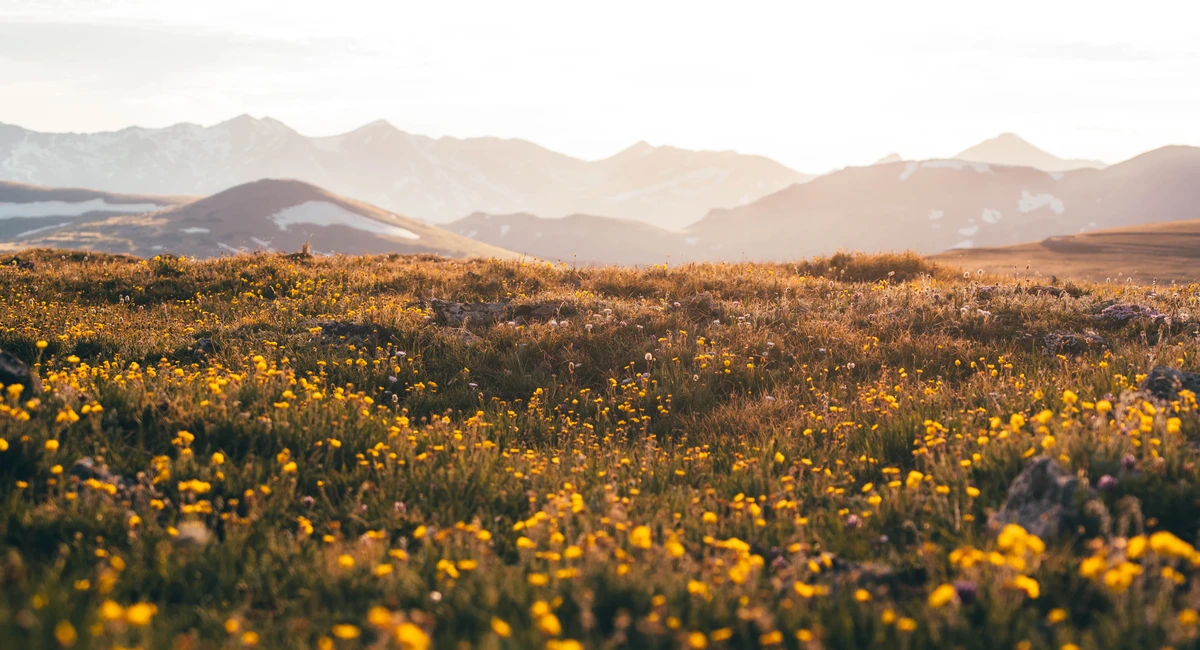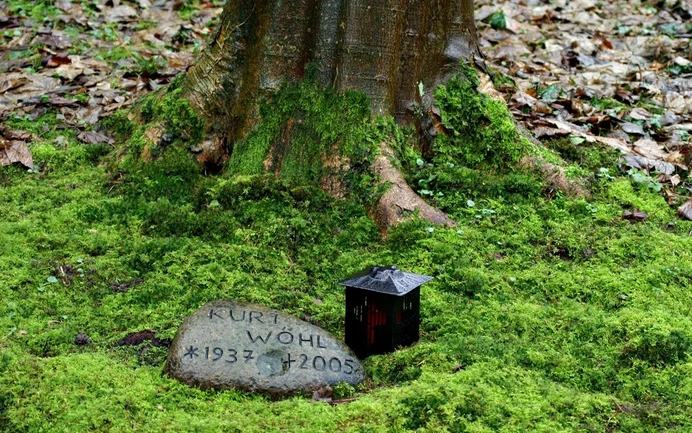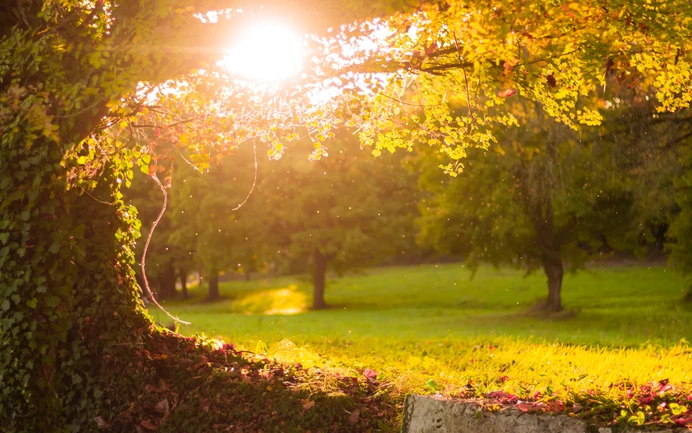
Natural Burial: What Is It and Why Have One?
By: Tom Harries
Mar 05, 2022 | Green Funeral Practice
4 min readNatural burials are an alternative to traditional funerals and cremation services. They involve a greater connection with nature and require far fewer resources than traditional alternatives. With a growing number of green and natural burial sites across the US, natural burials are becoming a more appealing choice for many people making their end of life plans.
This article describes what a natural burial is, explores why it should be considered as an alternative to other burial practices, and explains how to plan one for yourself or a loved one.
What Is A Natural Burial?
Natural burial is the practice of burying the dead in a natural setting without a lot of the equipment and resources used in conventional burial. The practice dates back to early human history.

There are two main types of natural burial. One involves burying the body in a biodegradable casket. The other does not use a vessel at all. For this method, bodies may be buried in biodegradable shrouds, or without shrouds in earth or sand.
The fundamental theme of natural burial is the removal of barriers between the body and nature. Therefore bodies are not embalmed before burial and typically there are no outer burial containers, such as vaults or grave liners.
Natural burials limit or eliminate the use of toxic chemicals such as those found in embalming fluids. They also avoid or reduce the use of fossil fuels in the processing of human remains. With burial vessels that are biodegradable or even completely absent from the process, natural burials use significantly fewer resources than traditional burials.
Given these aspects, concern for the environment is often central to a person’s choice to opt for natural burial. Carbon offsetting measures are therefore commonly included in the process. This usually takes the form of a payment to plant trees or aid conservation efforts.
Natural Burial As An Alternative To Traditional Funerals And Cremation
Natural burials are increasingly popular today as more people recognize the environmental harm caused by cremation and embalming, and become more aware of natural burial benefits.
Conventional burial services can cause environmental harm. Caskets and outer burial containers are made from a variety of materials, including concrete and various woods, metals and plastics. These materials cause soil pollution when they are buried and so do the chemicals used to embalm bodies. The manufacture and transportation of these resources are also pollutive processes, which produce pre-burial emissions.
Cremation also presents problems because it is a fossil fuel driven process. The carbon emissions of one cremation are equivalent to a 609 mile journey in an average car.
Natural burial is therefore a more environmentally friendly option than traditional alternatives, avoiding various pollutants above and below ground. The simpler process also generally makes for a more cost effective choice than burial or cremation.
Get a quote in seconds.
Benefits Of A Natural Burial
There are many reasons to consider natural burial. Benefits include:
- Eco-friendly - The sustainable burial process is significantly less pollutive than traditional alternatives
- Cost effective - Natural burial costs can be significantly lower than traditional alternatives
- Easy to plan - Because the green burial process is simpler, natural burials require less in the way of funeral arrangements
- Simple - The greater connection to nature and the simpler process is appealing for many conceptually
Plan For A Natural Burial
Natural burials can be adapted for a wide range of people, geographies and cultures. They can be simple, low-cost and dignified, but they can also be as elaborate as your family desires and your budget allows.
The planning process for a natural burial can be simple compared to more traditional processes. Even so, it is important to understand the process if an organic burial is your preferred option.

One of the first steps is to find a local burial site that allows for natural burials. There are a number of burial grounds in the US that are wholly or partly dedicated to natural burial. Another option is to look for an appropriate site on private land, however some states prohibit all forms of human burial anywhere other than a dedicated cemetery.
Thought should be given to the burial vessel or garment, which might take the form of a biodegradable container or shroud. It is also common to perform the burial without a vessel or shroud.
Much of the planning for a sustainable burial will be focused on the memorial service. If you are using a funeral service provider, you will need to be sure that they are comfortable and familiar with the process. An alternative is to hold a separate memorial service at a later date. This is common given natural burial is undertaken closer to the time of passing.
Memorialization at the burial plot is also different. Some natural burial sites do not allow tombstones, in line with the natural and resource-light essence of the practice. Grave marking is usually simple and in some cases there is no physical marker at all. As a result, dedicated GPS systems have been developed to help locate and memorialize graves.
Much of the planning for a natural burial can be arranged or at least decided upon in advance. If plans are not in place, a good funeral director will be able to help plan an at-need natural burial quickly and efficiently.
Natural Funeral Options
Natural burials are an increasingly popular green alternative to traditional funeral and cremation services. They use less energy and natural resources, and they are less expensive than traditional options. Natural burials are also normally easier to plan, with a growing number of providers and burial sites offering natural services.
At Earth, we provide soil transformation services. This is an environmentally-friendly alternative to cremation and traditional burial. Also known as natural organic reduction or human composting, soil transformation involves the gentle transformation of a body into nutrient-rich soil. Families choose how much soil they’d like returned — to scatter or plant — with the remainder sent to local conservation sites for land restoration purposes.
If you are interested in natural burial and would like to learn more about sustainable funeral practices, you can read about our services or get an instant online quote.
Get a quote in seconds.







